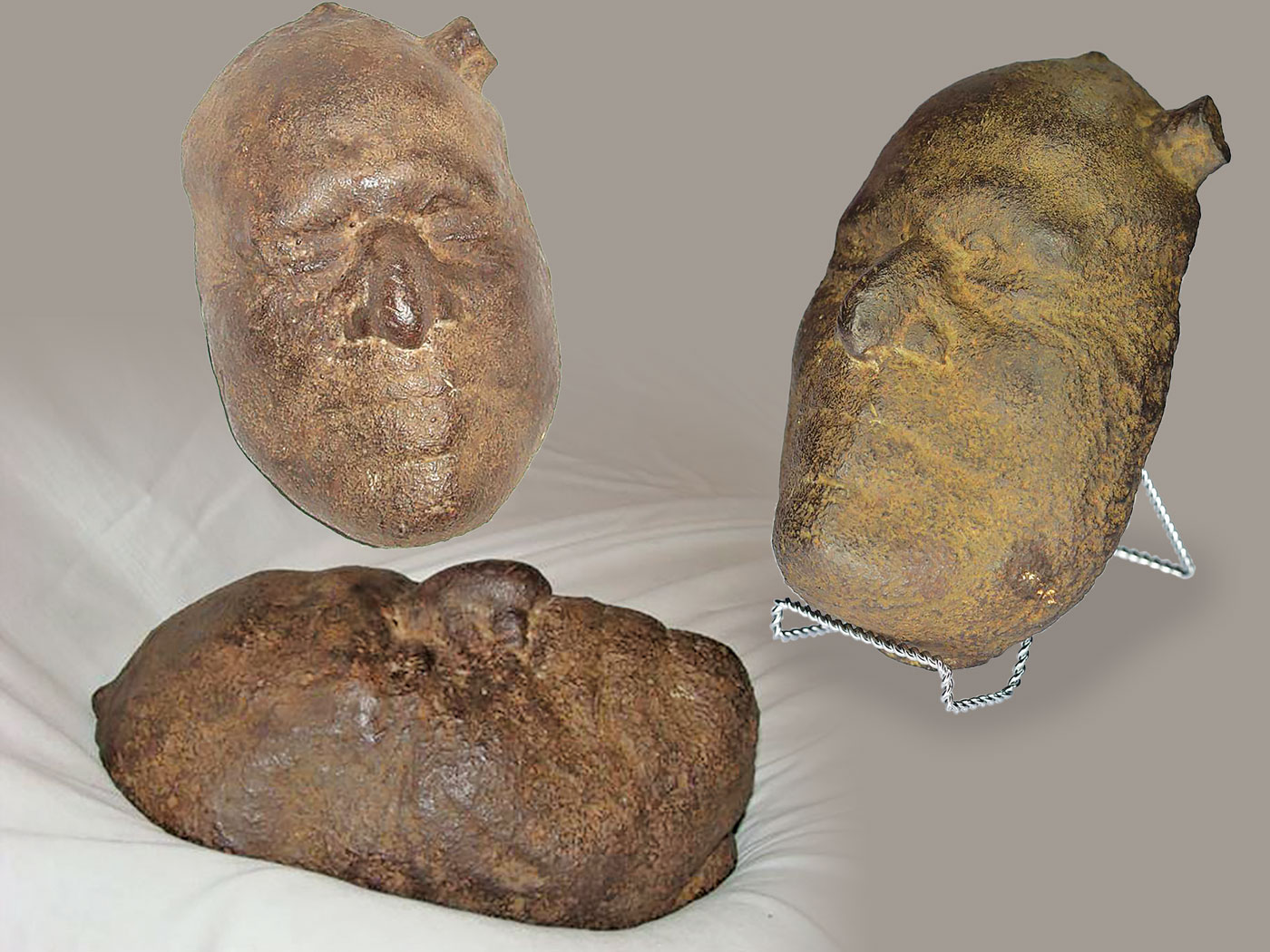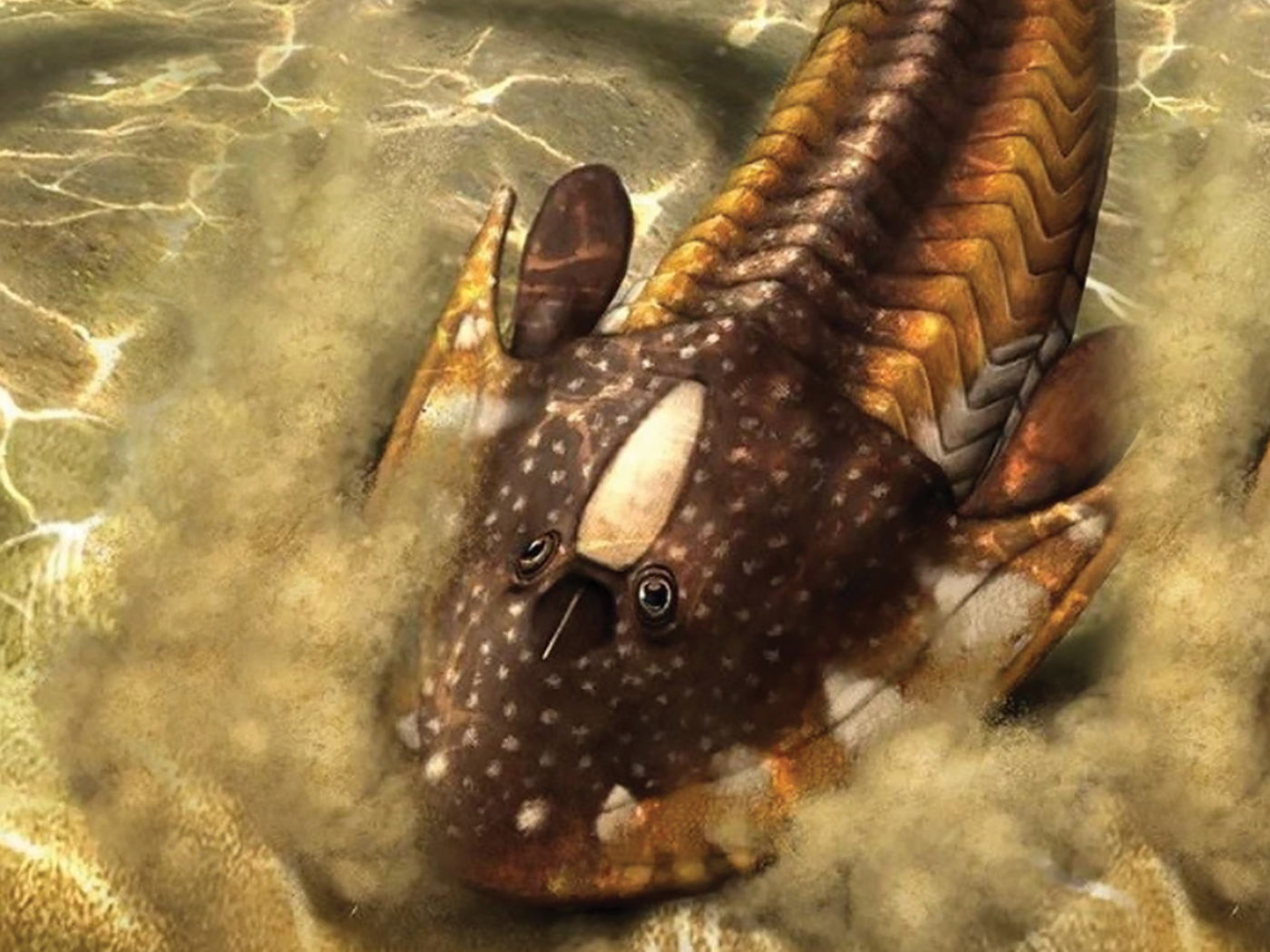In August of 2009, the Institute for Creation Research reported that UK paleontologists found intact ink sacs within squid fossils.1 The ink appeared largely unaltered, and the scientists used it to draw a picture of how the extinct squid variety would have appeared in real life. Now, a new team of researchers, publishing in the Proceedings of the National Academy of Sciences, reports that the ink is almost an exact match with modern cuttlefish ink. The age implications of this find are clearer now than ever.
These researchers subjected the fossil squid ink from two samples to eight different tests to verify as accurately as possible its chemical makeup.2 One technique involved vaporizing tiny samples for analysis in a mass spectrometer, which reveals the unique mass-to-charge ratio of individual particles. This data showed, according to the authors, "that both extant [living cuttlefish] and fossilized ink samples are composed of eumelanin."2
Eumelanin—a biochemical with a complicated structure—is an abundant pigment that serves many purposes in animals and other organisms, including darkening a mammal's skin and hair. It is also notoriously difficult to work with in the lab since it refuses to dissolve in common solvents. However, because all systems tend to become disordered over time, no knowledgeable chemist or physicist would expect eumelanin's complicated structure to have persisted for 160 million years—the age assignment given to the rock formations containing the fossil ink sacs.3
The original eumelanin chemistry was still largely intact, including many short-lived kinds of chemical bonds. Using a technique called "X-ray photoelectron spectroscopy," the researchers verified that the fossil eumelanin had the same kinds of carbon bonds that occur in modern eumelanin, including reactive double-bonds.
The PNAS study authors wrote, "Strikingly, within the limits of the techniques used, the preserved pigment exhibits properties that are chemically similar to modern phylogenetically related S. officinalis [a modern cuttlefish]."2 In other words, they were struck by the fact that these chemicals truly exist as fossils. If they are as old as the researchers asserted, then the potential energy stored in these chemical bonds should have been released long ago.
The study authors missed this obvious time-related inference when they wrote, "Our results demonstrate that eumelanin persists in the fossil record for at least 160 million years."2 Their results did demonstrate that fossils have eumalanin that is nearly identical to modern eumelanin, but their results did not demonstrate 160 million years!
Evolutionary thinking clearly hindered these scientists' ability to accurately assess their own results. Still-well-ordered biochemicals are a kind of clock that demonstrates just the opposite of the study conclusions—these squid fossils cannot possibly be millions of years old.
John Simon, chemistry professor at the University of Virginia and co-author of the study, said, "It's close enough that I would argue that the pigmentation in this class of animals has not evolved in 160 million years."4 Would he be willing to consider that the reason why this pigment has not changed, and the reason why the pigment still exists in fossils, is because the millions of years have not actually elapsed?
References
- Thomas, B. Fresh Jurassic Squid Ink. ICR News. Posted on icr.org August 27, 2009, accessed June 1, 2012.
- Glass, K. et al. Direct chemical evidence for eumelanin pigment from the Jurassic period. Proceedings of the National Academy of Sciences. Posted online before print May 21, 2012.
- One fossil ink sac was found in the Blue Lias Formation and another in the Oxford Clay Formation, both in the United Kingdom.
- Samarrai, F. Cephalopod Ink from Jurassic Period Identical to Modern Cuttlefish Ink, U.Va. Study Shows. UVaToday. Posted on Virginia.edu May 21, 2012.
Image credit: Copyright © 2012 UVaToday. Adapted for use in accordance with federal copyright (fair use doctrine) law. Usage by ICR does not imply endorsement of copyright holders.
* Mr. Thomas is Science Writer at the Institute for Creation Research.
Article posted on June 20, 2012.





















